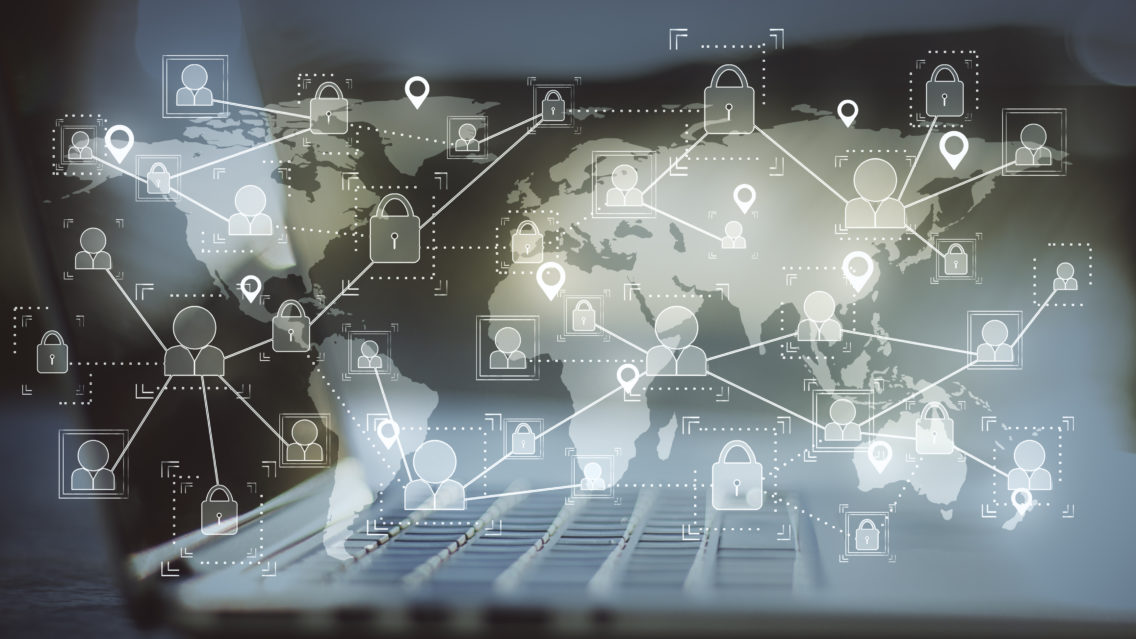Every industry has experienced a dramatic shift to remote work. The transition has brought with it a unique set of challenges, atop the list being device and user security. Supporting telecommunications has IT teams scrambling to create new IT policies and design new infrastructures that offer remote teams the right resources and proper protection. The priority for businesses is the ability to effectively monitor networks and track security incidents remotely all while trying to educate staff to potential cyber risks. Organizations are in need for technologies for added security for remote workforce from device protection, proactive filtering, end-user education programs, activity monitoring and more.
With waves of organizations moving to a remote or hybrid workforce long term, cloud adoption is on the rise. Security features are a necessity in this transition to provide layers of protection for a remote infrastructure. In a recent study by Xerox Holdings Corp., labeled The Future of Work in a Pandemic Era, 56% of IT decision-makers are investing more in remote technology resources. As that trend continues upward, our team has identified 3 key technologies your business can quickly and seamlessly implement today for added awareness and security.
1. Multi-Factor Authentication (MFA)
MFA adds another required “factor” – a pin, for example – in addition to the standard username and password model. Often, these solutions integrate seamlessly into existing user technology such as a mobile phone.
There is an increased need for MFA as employees are accessing company resources without the protection of a corporate firewall. Through a painless enrollment process, you can immediately create a more secure login experience with the simple requirement of a pin or push authorization from the user’s mobile device.
For more info on MFA, read our post “What is Multi-Factor Authentication and Why Do I Need it?”
2. Proactive Filtering
Intelligent filtering systems are designed scan email to check for legitimacy and potential risks. Based on the stringency of the settings, scores can be applied to filter out unwanted mail that may pose as a potential risk to your organization. Creating a comprehensive email security solution can prevent your team from receiving and opening a Spam or Spoofed message that can compromise not only that user’s account but could also spread to the rest of your team and customers.
Proactive filtering systems can:
- Protect against socially engineered business email attacks, fraud, account takeover, and brand hijacking.
- Protect against web-borne malware and misused bandwidth.
- Data protection capabilities provides resiliency, and easy recovery from ransomware and accidental data loss.
- Adapt to emerging requirements like social-network regulation, remote filtering, and visibility into SSL-encrypted traffic.
- Obtain phishing and security forensics that provide a multiple integrated layer of security.
Email is a priority means of communication for your team and end-users are the first defense against an attack. Provide them with the advantage of proactive filtering so they can focus on work and you on growing your business with you both having peace of mind.
3. End-user Education
It may sound curt, but employees are the biggest risk to cybersecurity. Almost 90% of cyber-attacks are due to human error. Education and security training programs help protect your company against real world cyberattacks. It’s important to educate employees on the importance of protecting sensitive information, what malicious threats to look out for, red flags to identify phishing scams, the different types of cybercrimes, and more.
The increase in BYOD and remote work has given employees a new level of flexibility, but it also creates greater potential for security breaches. One of the best advantages you can give your team, your company, and your customers is an education in cybersecurity best practices to mitigate and prevent costly security breaches. Let us help you design a curriculum that is educational, entertaining, memorable, and practical.
Click here to learn more about End-User Education and Training
These simple tools require minimal, if any, disruption to user activities, but provide exponential return when measured against the cost of a cyber-attack. As remote work continues to increase and evolve, it is imperative that your company consider these layers of protection and education. Technologies for added Security for Remote Workforce put the right tools in place for proactive monitoring of your infrastructure and give your employees the tips and tools to be an impenetrable first line of defense against cyber criminals and other cyber threats.
For more information on how to add security for remote workforce or for a free virtual consultation to see what the best security measures would be for your business, please click the button below.
